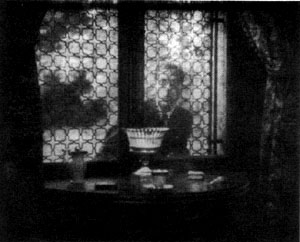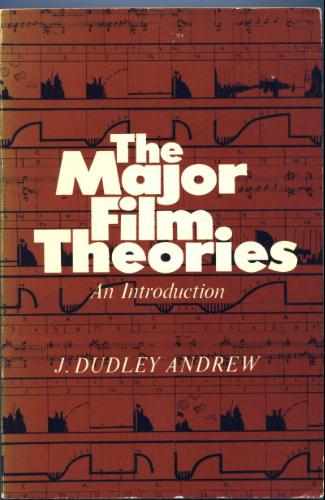From the Chicago Reader (August 1, 1990). — J.R.


The greatness of Carl Dreyer’s first sound film (1932, 82 min.) derives partly from its handling of the vampire theme in terms of sexuality and eroticism and partly from its highly distinctive, dreamy look, but it also has something to do with Dreyer’s radical recasting of narrative form. While never less than mesmerizing, it confounds conventions for establishing point of view and continuity, inventing a narrative language all its own. Some of the moods and images are truly uncanny: the long voyage of a coffin, from the apparent viewpoint of the corpse inside; a dance of ghostly shadows inside a barn; a female vampire’s expression of carnal desire for her fragile sister. The remarkable sound track, created entirely in a studio (in contrast to the images, all filmed on location), is an essential part of the film’s voluptuous, haunting otherworldliness. It was originally released by Dreyer in four separate versions — French, English, German, and Danish; most prints now contain portions of two or three of these versions, although the dialogue is pretty sparse.) (JR)

 Read more
Read more
From Sight and Sound (Summer 1977). -– J.R.

THE MAJOR FILM THEORIES: AN INTRODUCTION
By J. Dudley Andrew
OXFORD UNIVERSITY PRESS, £2.50(paperback)
The widespread distrust of film theory still persisting in mainstream criticism is scarcely confined to Anglo-American film culture. Less than a decade back, when Noël Burch’s Praxis du cinéma -– later translated as Theory of Film Practice –- first appeared in France, someone at Gallimard hit on a rather demented sales pitch, and the book was marketed with a wraparound banner boldly proclaiming, ‘Contre toute théorie.’ The curious science fiction tone of this declaration highlights a subterranean bias which informs most film reviewing on and off the continent: the idea that theory is an option best left to dusty academicians, while everyone else is better off operating on free-floating intelligence and intuition. Ironically, this is an assumption which expresses a theory of its own: that knowledge is essentially empirical. And the definition accorded to ’empiricist’ by the Concise Oxford may be worth at least considering:'(person) relying solely on experiment; quack.’
In all fairness to ‘anti-theorists’, it should be conceded that science and art are hardly the same thing. If a sizeable part of our knowledge of the former is grounded in theory, the parti pris underlying our knowledge of cinema tends to be a much more random affair, a generally murky blend of half-examined predilections and working hypotheses. Read more
From the Chicago Reader (October 23, 1987). — J.R.

Genre specialist John Carpenter returns to the principle of confined space that he used as a disciplinary structure in Assault on Precinct 13 and The Thing in this horror thriller set in an abandoned church. The main difference here from earlier Carpenter films is the heavy metaphysical baggage: a team of graduate students and teachers (including Lisa Blount, Victor Wong, and Jameson Parker) in physics and science is summoned by a Catholic priest (Donald Pleasence) to study an ancient religious manuscript that proves to contain differential equations (long before such equations were developed), and a canister containing a green liquid that proves to be seven million years old. Mathematics combines with demonology to produce a variant on Night of the Living Dead, and while the church is playfully called Saint Godard’s, the pivotal use and significance of mirrors spawned by the canister liquid might make Saint Cocteau’s a more appropriate appellation. While the dense significations of the script (credited to one “Martin Quatermass”) may get a bit thick in spots, Carpenter’s handsome ‘Scope images generally make the most of them, and some haunting poetic notions — such as video images from the future that appear as recurring dreams dreamt by the church’s inhabitants — figure effectively in the plot. Read more






